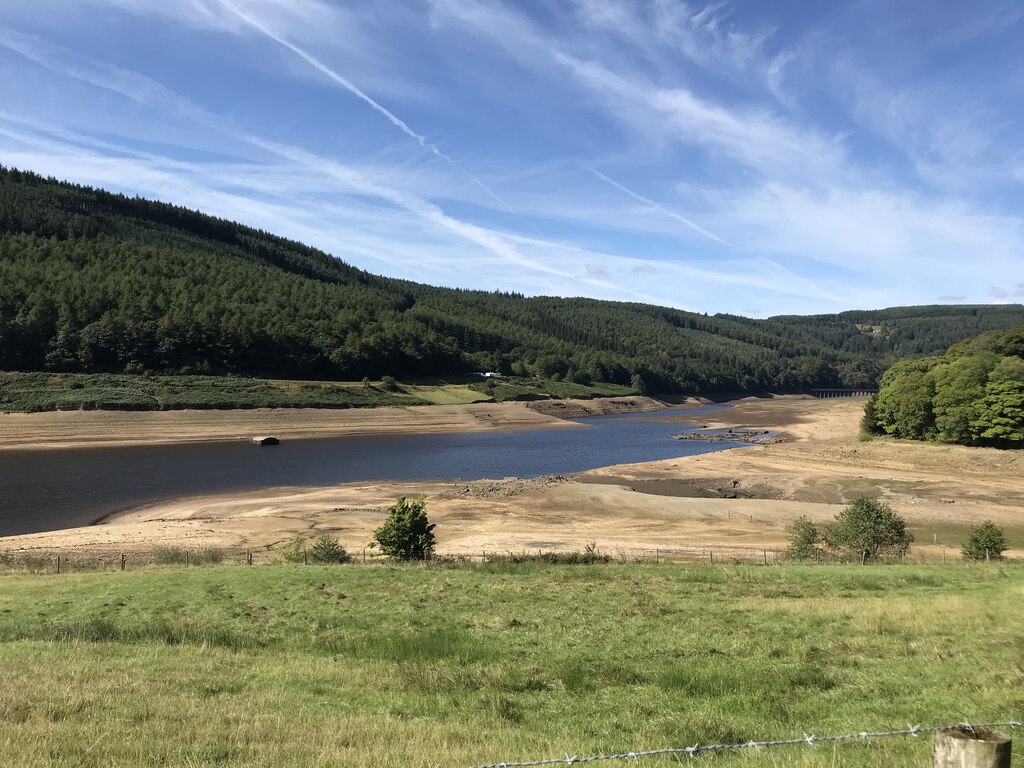
England is heading towards a severe nationwide drought in 2026, as a convergence of climate pressures, depleted water reserves, and rising demand pushes the country to the brink of a crisis that experts say only a significantly wetter-than-average winter can avert.
The warning comes in the Environment Agency’s Drought Prospects Report for Spring 2026, published on November 14, which starkly concludes that England’s water system is now so strained that even an average winter may not be enough to prevent major shortages next year.
The alarm is rooted in an exceptional year of dry and extreme weather.
The spring of 2025 was the driest in 132 years, followed by the hottest summer since records began in 1884. Four intense heatwaves scorched the country, leaving soils parched, rivers depleted, and reservoirs drained. Between January and October, England received just 83 % of its long-term average rainfall, while reservoir stocks have fallen to a troubling 65.8 %, well below the seasonal norm of 77.4 %.
“The data presents a clear warning,” said Helen Wakeham, Director of Water at the Environment Agency. “There will be a drought next year unless we get sustained rainfall through the winter. The ultimate severity, however, will be determined by both the weather and the concerted actions we take now to manage our finite water resources.”
But the early signs are bleak. Seasonal forecasts from the Met Office indicate a “higher-than-usual likelihood” of dry conditions between November and January. The shift is heavily influenced by the growing probability of a La Niña event, a global climate pattern linked to cooler Pacific waters. Historically, La Niña winters are associated with below-average rainfall in southern and eastern England, a trend that could further compound the existing hydrological deficits.
The Environment Agency outlines three potential rainfall scenarios for the crucial October to March recharge period, each carrying sobering implications. An average winter, with 100 % of long-term rainfall, has a 28 to 42 % chance of occurring and is the bare minimum needed for most of England to recover. Even under that scenario, parts of Cambridgeshire and Bedfordshire would remain in extended dry conditions.
A dry winter, at 80 % of average rainfall and with an 18 to 29 % probability, would sharply intensify drought conditions, placing a vast swathe of the country from Dorset to East Yorkshire in severe water stress. The worst case, a very dry winter at just 60 % of average rainfall, has a low statistical probability of 2 to 6 % but would plunge all of England into drought by spring.
When factoring in La Niña, the outlook deteriorates further. In the South East, the probability of a dry winter rises from 29 % to 38 %. In the South West, the likelihood of receiving the essential average rainfall required for recovery falls from 32 % to just 18 %. Even an average winter would not be enough to repair deeper groundwater deficits. Chalk aquifers, which sustain many of England’s rivers through dry months, require at least 120 % of normal winter rainfall to return to healthy levels.
The report warns that during La Niña winters, the probability of notably or exceptionally low groundwater by March multiplies by 2.4, while the risk of notably low river flows increases 1.7 times. This equates to a 32 % chance of significantly depleted groundwater and a 22 % chance of low river flows by the end of March 2026.
The strain is already visible across the country. Over the summer, the Canal & River Trust was forced to close 20 % of its network. Hosepipe bans remain in place for eight million people. Farmers report reduced harvests and poor grass growth, prompting warnings about winter feed shortages for livestock. Wildlife has also been hit hard, with declining breeding success among wetland birds, and stress signs appearing in vulnerable species such as great crested newts and natterjack toads. Even ancient trees are suffering from the prolonged dry spell.
In response, the Environment Agency is calling for accelerated action across sectors. Water companies are urged to prioritise leakage repairs, strengthen customer engagement on water saving, and prepare for winter pipe bursts. Farmers are being encouraged to adopt drought-tolerant crops, fill on-farm reservoirs early, and share water resources with neighbouring holdings to mitigate risk.
Water Minister Emma Hardy linked the unfolding crisis to the broader climate emergency. “Climate change means we will face more frequent, severe droughts and flooding in the years ahead,” she said.
“That’s why this government is taking decisive action to secure our long-term water resilience, which includes building nine new reservoirs and investing in new pipes to reduce leakage.”
Members of the public are being asked to maintain water-saving habits even through winter. Measures such as installing low-flow showerheads, using dual-flush toilets, running full loads in washing machines, and opting for watering cans rather than hoses could, collectively, save millions of litres.
With winter now the only window left for the nation to replenish its reserves, England enters the cold season with its water future delicately poised. Should the rain fail to arrive in sufficient quantity, next year’s drought may prove one of the most far-reaching environmental challenges the country has faced in decades.
Feature photo: Derwent Village starts to re-emerge from Ladybower Reservoir during the 2022 Drought. (Credit: Tom Newman/CC)
Elham Asaad Buaras